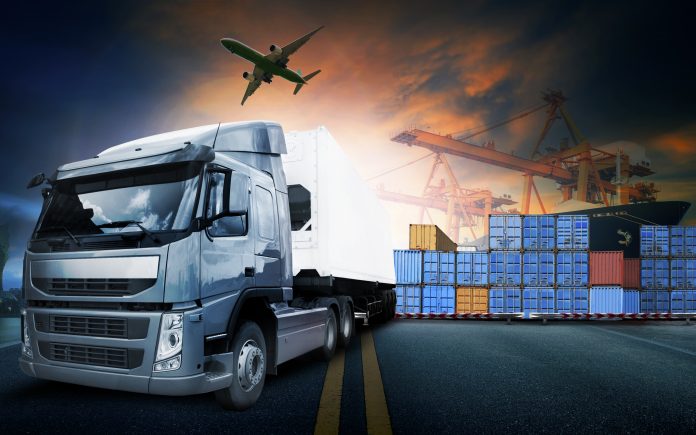Director-General of DG Move of the European Commission, Henrik Hololei, outlines the challenges and opportunities for the European transport sector, including climate change, as well as research and innovation
The analogy may have been over-used, but never has it been truer. Transport is today at a crossroads. Transport activity has never been so high and it continues to rise. By 2050, passenger transport is expected to grow by 42% and freight transport by 60%. At the same time, our transport network has never experienced so much pressure. A capacity crunch is already evident for certain transport modes and unless we act, the squeeze will get tighter. For instance, if capacity remains as it is, it is estimated that by 2040, annual demand for flights in Europe will outnumber the number of possible flights by 1.5 million. This would mean 160 million passengers being unable to fly.
Alongside limited capacity, the challenge posed by climate change has become a key challenge for the transport sector. We need to step up our efforts to ensure sustainable, energy-efficient and safe mobility. At the same time, we need to take advantage of the opportunities offered by a changing transport landscape, in which digitalisation, big data and the collaborative economy are all playing a far greater role. These changes are profoundly affecting the way people move, but also the way we, stakeholders and policymakers, are making sure that our regulatory environment is fit for purpose.
To make the most of these evolutions, it is clear that we need research and innovation. It makes good sense to have the Commission’s research policy inextricably linked with its transport policy. Whether we are seeking to make transport more sustainable, more efficient, safer or more automated – progress towards all of these objectives is possible through European Union (EU)-funded research.
The European Commission cannot be the only source of transport research finance, as industry and the Member States have equally significant roles to play. Nevertheless, the Commission can and does add value by helping to fund projects that might otherwise be too costly, or too wide in scope for an individual country or industry to finance or organise.
I would like to highlight two partnerships with industry of which I am particularly proud – the Single European Sky Joint Undertaking (SESAR) in aviation and Shift2Rail in rail transport. SESAR is helping to modernise European air traffic management through projects that define, develop and deliver new or improved technologies and procedures. The research links directly to the EU aviation policy objectives of reducing congestion in European airspace and, in so doing, cutting emissions from aircraft. Shift2Rail, for its part, is the first European rail initiative to seek focused research, innovation and market-driven solutions and to accelerate the integration of new and advanced technologies into innovative rail product solutions.
Transport research should not be considered in isolation. It is in everyone’s interests to link transport research with other EU programmes, in order to ensure that practical results can be deployed. We are delivering this through the Connecting Europe Facility, which is, for example, currently co-funding the development of a network of hydrogen fuelling stations for cars, building on the considerable EU research work conducted on hydrogen fuel cells.
Research spending also helps to keep the EU’s transport industry at the forefront of global technological development. The current seven-year research programme – Horizon 2020 – expires next year. The new programme – Horizon Europe – covering the period 2021-2027, is intended to take a more holistic approach. This is achieved through an integrated approach targeting climate, energy and mobility. The three areas share considerable research and innovation needs and working together on a common research programme will lead to significant benefits. As an example, using and developing new technologies to improve the management and efficiency of the urban environment – so-called ‘smart cities’ – will address not only mobility in urban areas but also energy and climate issues.
When reflecting on research, thoughts inevitably drift towards exciting new inventions. However, we must not forget that innovation – whether designed to encourage a modal shift, understand users’ views on automated vehicles, or make transport logistics more efficient – is also about understanding user behaviour. It is my firm belief that investment in behavioural science is necessary if we want to be able to put in place the technical solutions developed by our world-class researchers.
As the EU moves on from the crossroads at which it finds itself today, embracing the challenges and opportunities ahead, we must never forget that transport and mobility are central to the lives of all EU citizens – those living large cities or in the countryside, whether young or old. This dependency is two-fold: not only do we all have our own mobility needs; transport is also the lifeblood of the economy. By extension, research into transport has the potential to benefit a huge number, if not every single EU citizen.
The start of a new Commission provides an opportunity to review political priorities and to adjust them to an ever-changing world. Investing in research and innovation is the best guarantee that solutions will always be found to our greatest challenges.











